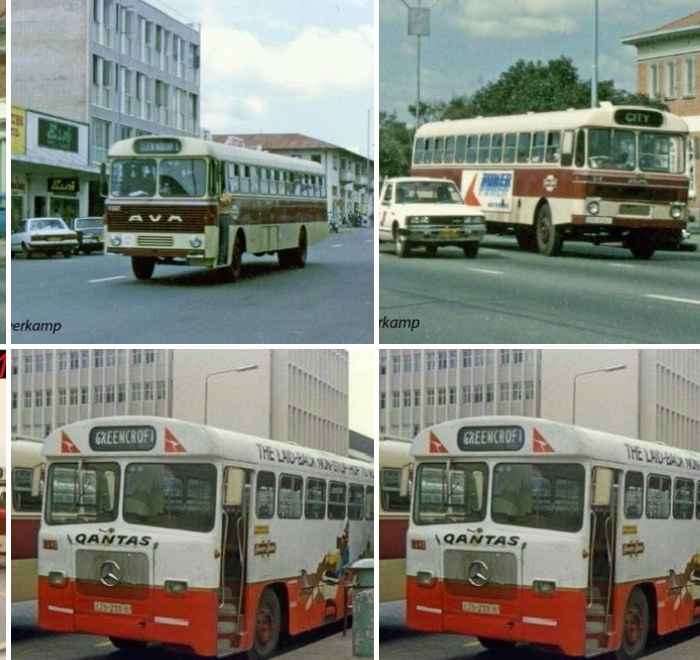The once-functional municipal bus services have been abandoned, leaving residents at the mercy of kombis and mushikashika, informal operators whose recklessness has turned our roads into death traps.
The City of Harare had ambitiously declared that by 2025 it would be a “world-class city”.
Instead, it has become an urban jungle where chaos, congestion and danger dominate the streets.
Business confidence is eroding as the city’s transport woes make commuting unpredictable and unsafe.
Those who once envisioned Harare as an investment hub now face the reality of a capital city where even basic movement within the urban space is a daily struggle.
Kombis and mushikashika, while filling the gap left by defunct public services, have introduced a new form of social and economic cost.
Travellers are packed into poorly maintained vehicles, driven at reckless speeds, with road safety almost non-existent.
Headlines of fatal crashes involving these operators are now routine.
In truth, these vehicles have become moving coffins, cutting short lives and devastating families.
Globally, cities that aspire to be modern and liveable invest in mass transit solutions fleets of reliable buses, dedicated cycling lanes and pedestrian-friendly infrastructure.
These systems do more than just transport people, they shape the economic and social life of a city.
Efficient public transport reduces traffic congestion, improves air quality and creates an environment in which businesses can flourish and residents can live without constant fear of accidents.
For Zimbabwe’s urban areas, the reintroduction of municipal public transport should be a matter of urgency.
Local authorities should prioritise partnerships with private investors, international development agencies and domestic manufacturers to procure modern buses and set up cycling networks.
Importantly, these services must be run with professionalism, transparent financial management and strong regulatory oversight.
Cycling, in particular, is an underdeveloped mode of transport that offers immense potential.
Many cities across Europe and Asia have proven that with safe cycling lanes and proper facilities, bicycles can complement buses and trains as a cheap, healthy and environmentally friendly way to get around.
In Harare, Bulawayo, Mutare, and other cities, dedicated cycling paths could transform the way residents commute.
Of course, reintroducing public transport will require more than just purchasing buses.
It demands a cultural shift in governance one where urban mobility is recognised as a driver of economic growth and public safety.
Local authorities must see transport not as an afterthought, but as the heartbeat of urban life.
The choice before Zimbabwe’s municipalities is clear, continue allowing chaos to reign on the roads or take bold, decisive action to restore order, safety and dignity to public travel.
For Harare to ever come close to its world-class ambitions, the kombi and mushikashika era must give way to a new age of reliable, modern public transport.
The future of our cities and the lives of our residents depends on it.
Zvinoita chete/kuyenzeka kuphela
Engineer Jacob Kudzayi Mutisi+263772278161. 🔗 Read Full Article
All Zim News is a central hub for all things Zimbabwean, curating news from across the country so no story is missed.
Alongside aggregation, our team of nationwide reporters provides real-time, on-the-ground coverage.
Stay informed and connected — reach us at admin@allzimnews. com.
